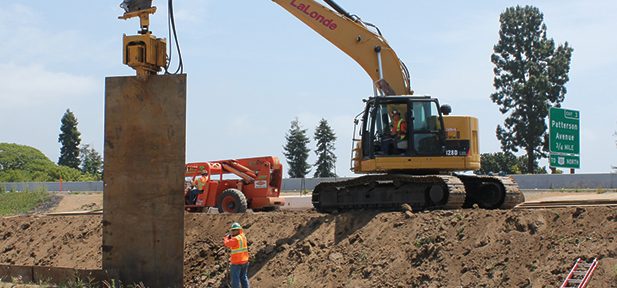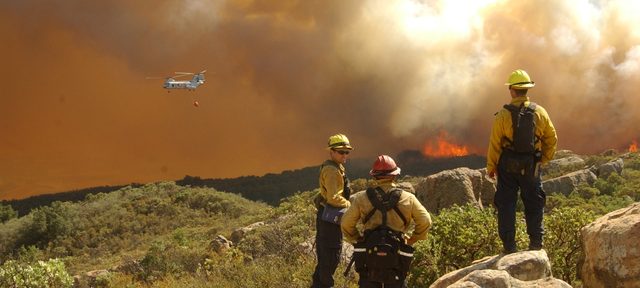“Where can a pedestrian legally cross the street?”
“When is a driver required to stop for a pedestrian crossing the street?”
These are just two of the most frequently asked questions of the Goleta Traffic Unit. Unfortunately, the answers to these questions are not as simple as they might appear.
For Pedestrians…
A pedestrian can legally cross the street when they are crossing within any marked or unmarked crosswalk.
Pedestrians can cross streets outside of crosswalks, but there are several important factors to keep in mind. First, it is considered jaywalking if you cross a street between adjacent intersections that are controlled by traffic control devices. And jaywalking is illegal. Second, when you cross the street outside of a crosswalk you “shall yield the right-of-way to all vehicles upon the roadway so near as to constitute an immediate hazard.”
As a pedestrian, whether you are crossing in a crosswalk (or at any other location of the roadway) never step out into traffic until it is safe to do so. Never assume all vehicles will stop for you. You are required to make sure that there are no vehicles so close that they would not have the appropriate amount of time/distance to stop.
It is also good practice to continue looking at oncoming traffic. You run the risk of being possibly injured or killed if you are careless while walking across a street.
For Drivers…
Drivers are required to yield the right-of-way to pedestrians crossing the roadway within any marked or unmarked crosswalk. As a driver, you do not need to wait for the pedestrian to get all the way to the opposite curb before you drive forward. Once a pedestrian has crossed the path of a vehicle and is out of harm’s way of that vehicle, the driver is allowed to continue forward. The ultimate goal is the pedestrian’s safety.
A driver also may not pass another vehicle that is stopped for a pedestrian crossing the roadway. If you are driving along and see a vehicle stopped ahead of you or in the lane next to you, please slow down and take the time to determine why it is that vehicle has stopped. There might be a pedestrian crossing the street who will be stepping out from in front of the stopped vehicle and directly into your path of travel.
Drivers are not relieved of their duty of yielding to pedestrians crossing streets outside of crosswalks. Drivers need to exercise “due care for the safety of pedestrians” and stop for them whenever possible, pending the safety of themselves and other drivers.
During darkness it is harder for a driver to see a pedestrian. Whether you are driving or crossing the street at night, take into account the dark environment.
At the end of the day, the most important thing to remember is this: alert drivers and alert pedestrians create safer roads for everyone.








